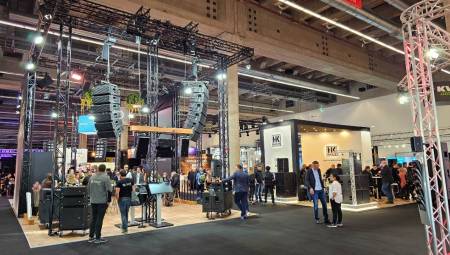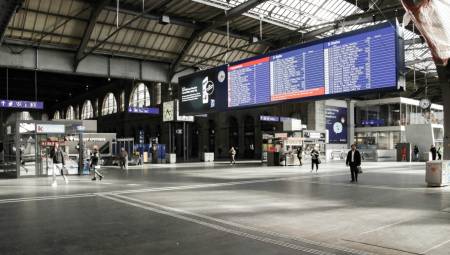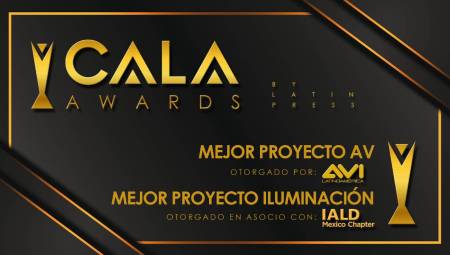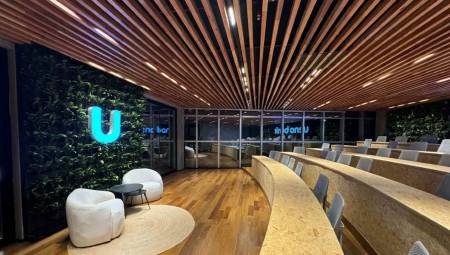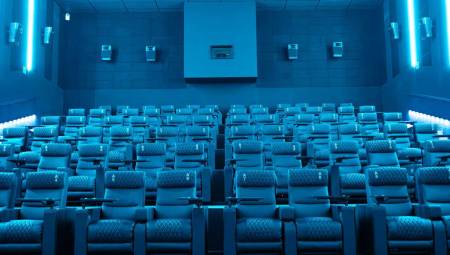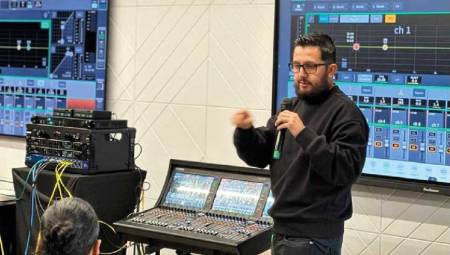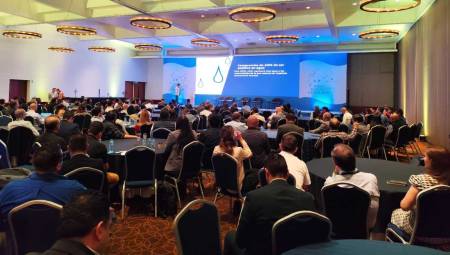 Argentina. On Saturday, September 7, the Santafesino Sports Museum was inaugurated: an exponential architectural and multisensory project of 3,500m2 that adds to the main tourist attractions offered by the province.
Argentina. On Saturday, September 7, the Santafesino Sports Museum was inaugurated: an exponential architectural and multisensory project of 3,500m2 that adds to the main tourist attractions offered by the province.
Proyecciones Digitales made the audiovisual installations of the entire Museum. The objective was to achieve a playful, interactive, entertaining, appreciated and enjoyed interpretation center by visitors of all ages, whatever their socio-cultural condition. With state-of-the-art facilities and attractive technological resources, the Sports Museum is aligned with the latest trends adopted by the most current and advanced museums and thematic exhibition halls in the world.
The Santafesino Sports Museum is located in the City of Rosario, on the grounds of the Former Battalion 121, located in the southern zone. On that site a modern building was erected, contained within a metal structure 39 meters high. The building has a novel architectural and aesthetic design. This, added to a strategic distribution of the different sectors, makes the museum a space for athletes and disciplines that have highlighted our country over the years.
It is a project that is dedicated to honoring the men and women of the province of Santa Fe who made Argentine sport great and universal, and the countless institutions that promote sport in every town in the province.
The outstanding attractions of this incredible building are:
- A mapping on a full-scale model of a road touring car and its surroundings that runs through the most emblematic places of the Santafesino circuit.
- Two life-size holographs, one dedicated to the great coaches of Santa Fe Football and the other to outstanding figures of Hockey.
- A sphere of 3.6 meters in diameter, one of the largest in Latin America.
- An interactive table of 1.4 meters in diameter with Displax circular capacitive film.
- Five vertical Led strips of 22 x 0.50 meters that run the entire height of the building.
- A mapping of 180 m2 that narrates the exploits of swimmer Pedro Candioti.
The technology integrated in these spaces necessary to carry out these incredible attractions was: 15 km of Kramer wiring, 40 Epson laser projectors from 7,000 to 12,000 ANSI, 136 LG monitors from 32" to 55", 35 interactive monitors, 14 Watchout servers for centralized control of the entire Museum, 95 m2 of 2.5 mm and 3.9 mm LED screen, 1 flexible LED sphere of 3.6 meters in diameter; and more than 560 luminaires.




